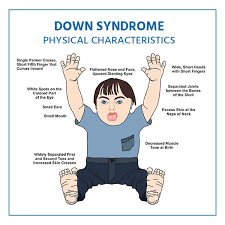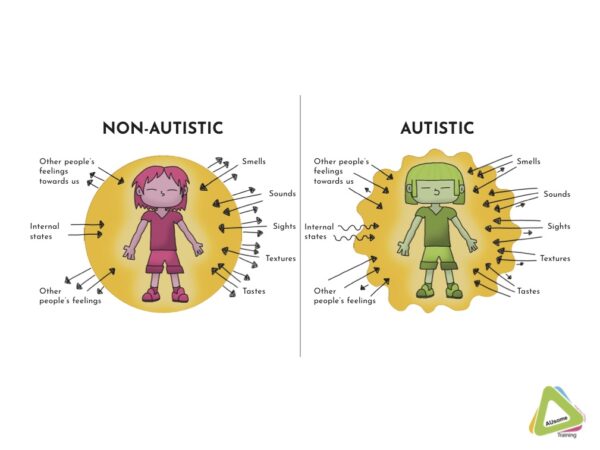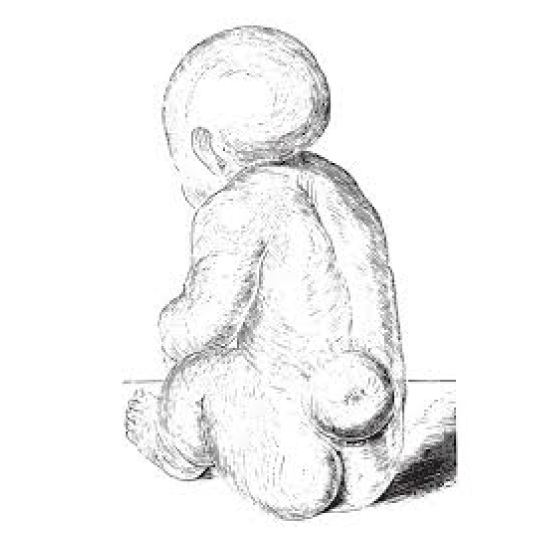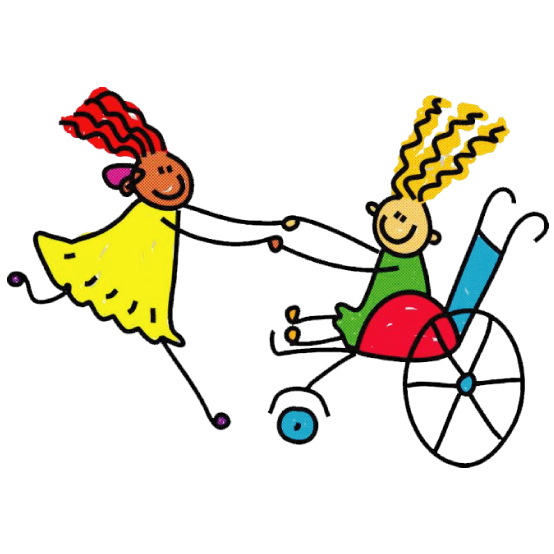
A genetic disorder caused when abnormal cell division results in extra genetic material from
chromosome 21 . Down syndrome is a genetic condition where a person is born with an extra copy of chromosome 21. This means that they have a total of 47 chromosomes instead of 46. This can affect how their brain and body develop. People diagnosed with Down syndrome have happy and healthy lives with supportive care.
People may experience:
Developmental: delayed development, learning disability, short stature, or speech delay in a child
Eyes: lazy eye or spots
Also common: cognitive deficit, brachycephaly, up slanting palpebral fissures, atlantoaxial instability, clinodactyly, congenital heart disease, excess skin on the back of the neck, glossopteris, hearing loss, hypotonia, immune deficiency, low-set ears, mouth breathing, obesity, obstructive sleep apnoea, palmoplantar hyperkeratosis, polycythaemia, seborrheic dermatitis, simian line, thyroid disease, or vision disorder
chromosome 21 . Down syndrome is a genetic condition where a person is born with an extra copy of chromosome 21. This means that they have a total of 47 chromosomes instead of 46. This can affect how their brain and body develop. People diagnosed with Down syndrome have happy and healthy lives with supportive care.
People may experience:
Developmental: delayed development, learning disability, short stature, or speech delay in a child
Eyes: lazy eye or spots
Also common: cognitive deficit, brachycephaly, up slanting palpebral fissures, atlantoaxial instability, clinodactyly, congenital heart disease, excess skin on the back of the neck, glossopteris, hearing loss, hypotonia, immune deficiency, low-set ears, mouth breathing, obesity, obstructive sleep apnoea, palmoplantar hyperkeratosis, polycythaemia, seborrheic dermatitis, simian line, thyroid disease, or vision disorder

ASD is a neurological and developmental disorder that affects how people interact with others, communicate, learn, and behave. Although autism can be diagnosed at any age, it is described as a “developmental disorder” because symptoms generally appear in the first two years of life.
Hydrocephalus
Hydrocephalus is a build-up of fluid in the cavities deep within the brain. The extra fluid puts pressure on the brain and can cause brain damage. It's most common in infants and older adults.

A birth defect that occurs when the spine and spinal cord don't form properly. It's a type of
neural tube defect. The neural tube is the structure in a developing embryo that eventually
becomes the baby's brain, spinal cord and the tissues that enclose them.
neural tube defect. The neural tube is the structure in a developing embryo that eventually
becomes the baby's brain, spinal cord and the tissues that enclose them.

Central Auditory Processing Disorder (CAPD)
A condition where the brain is unable to understand and interpret auditory information in a normal way. Treatments can help manage condition, no known cure. Requires lab test or imaging. A lifelong condition, common for ages 5 and younger. More common in males
Family history may increase likelihood
Symptoms include difficulty understanding speech in noisy environments, following instructions and distinguishing between similar sounds.
People may experience:
Common symptoms: learning disability, pure word deafness, or sensitivity to sound
Sensory Integration Issues
Sensory Integration Disorder (SID) or, as it is often called, Sensory Processing Disorder (SPD), is a neurological disorder that results from the brain's inability to integrate certain information received from the body's sensory systems.

ADHD, or Attention Deficit Hyperactivity Disorder, is a neuro developmental disorder that affects a person’s ability to pay attention, control impulsivity, and regulate their level of hyperactivity. It’s the second most common learning disability and can affect people of all ages, although it is most often diagnosed in children.


